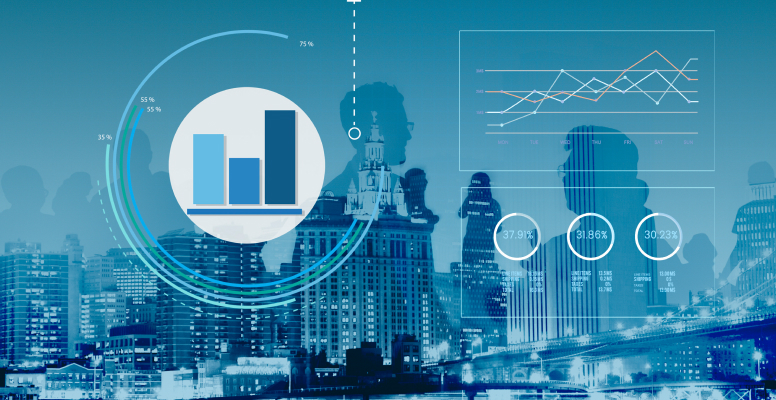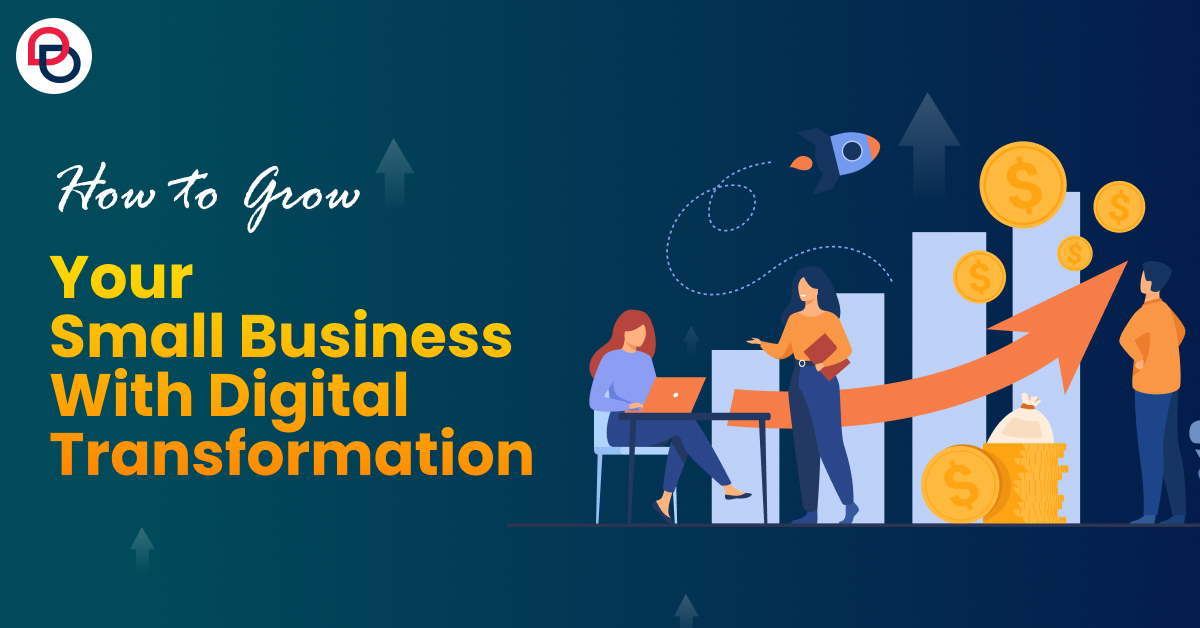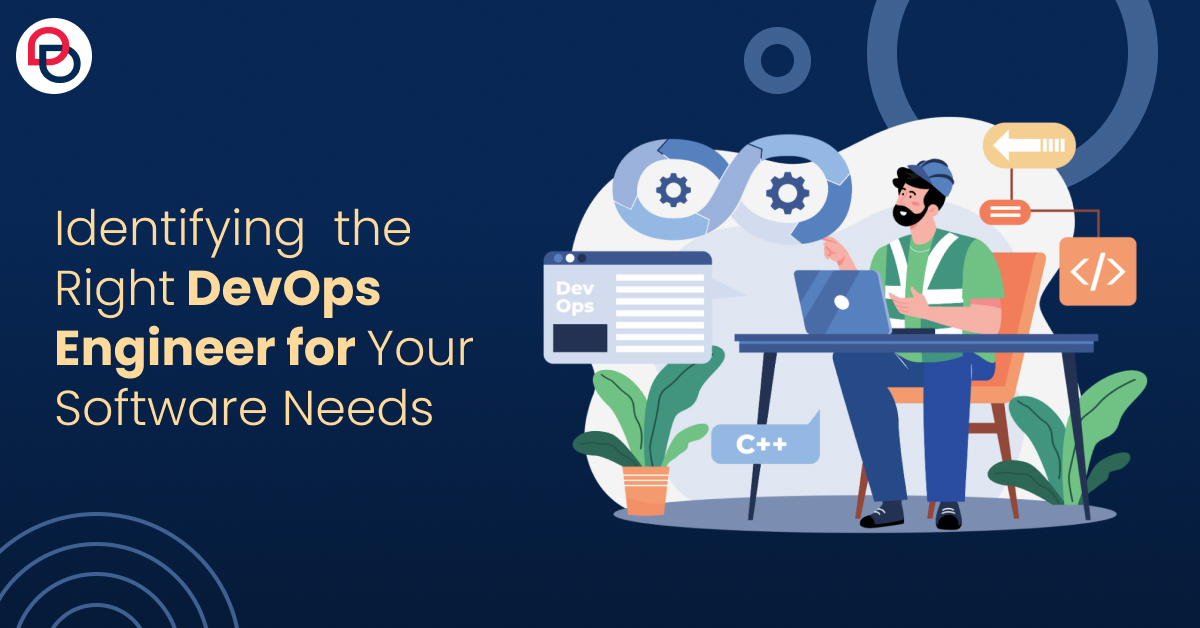Top 7 Data Analytics Trends For 2023
Summary: In this digital age, data plays a crucial role. Read the blog to gain insights on 2023 data and analytics (D&A) trends that can help business organizations build new sources of profit by anticipating change and leveraging extreme uncertainty into new business possibilities.
Data is entering its defining decade right now. While some businesses create entire business models concerning data, other businesses routinely collect, store, and evaluate enormous amounts of data to identify patterns, gain insights, forecast business outcomes, monitor consumer behavior, or enhance customer interaction. According to Gartner research, organizations are increasingly choosing data-driven decision-making over intuition-based decision-making, which likely explains why the market for data analytics is expanding at a compound annual rate of about 29.9%.
These changes in Data and Analytics (D&A) are being driven by the requirement to produce demonstrable value to the organization at scale. To determine the most effective strategy for promoting D&A adoption, business leaders must consult with the stakeholders in their organizations. It is likely to trigger better insights and analysis. This entails increased and improved analysis and insights that take into account the psychology and values of people.
Here are the top trends and predictions for 2023 to help you stay one step ahead of your competitors as you develop your data and analytics initiatives.
Data and Analytics (D&A) Trends for 2023
Data and analytics are jointly reshaping the commercial world in this data-first business environment. All emerging data analytics and BI trends appear to indicate that the global commercial world is swiftly shifting towards data-centricity.

Source: Big Data Trends To Note/ Finances Online
The Global Data Analytics Market Size was USD 32.0 billion in 2021 and is expected to reach USD 330.1 billion by 2030, increasing at a CAGR of 30.1% from 2022 to 2030.
In addition to other regions, the Middle East has seen quick adoption of technology and contemporary infrastructure, surpassing established economies in tandem with a regulatory sandbox environment, allowing the region to emerge as a worldwide springboard for innovation.
According to the UAE Ministry of Economy report, 46.9% of firms expect their essential business decisions to be driven by AI and automation by 2027. Considering this, IT investment in the UAE is expected to rise 6.6% from 2020 to 2023, reaching $7.9 billion, while the MEA big data analytics market is forecast to rise at a CAGR of 12.9%, from $12.78 million in 2022 to $27.03 million by 2028.

Source: Global Data Analytics Market/ Acumen Research and Consulting
Let’s explore the top Data Analytics Trends for 2023.
Trend 1: Businesses will operationalize AI
Most businesses struggle to evaluate the massive amounts of data they acquire. This is because about 89.9% of data is unstructured or has no specified schema. AI and machine learning (ML) technology will enable firms to evaluate and analyze this unstructured data more intelligently and quickly. These tools will also uncover hidden patterns and trends in structured data. Organizations should be able to tackle the complicated data types and disclose the hidden value of unstructured data at scale by embedding or amalgamating AI and ML technologies with business intelligence (BI) and data analytics solutions.
Trend 2: Value optimization
Most D&A leaders struggle to describe the value they provide to the enterprise in business terms. To ensure value optimization from an organization’s data, analytics, and artificial intelligence (AI) portfolio needs an integrated set of value-management competencies such as value stream analysis, value storytelling, ranking and prioritizing investments, and estimating business outcomes.
Trend 3: Creating transparent data architecture
By the end of 2023, we will witness the enhancement of the unified data layer concerning API-driven and metadata-supported data fabrics. This is likely to be further fueled by new platform services from current as well as new, data fabric-focused players. We expect to witness an increase in automation as businesses seek to operationalize data pipelines by implementing solutions that transform static data integration scripts into directed acyclic graphs (DAGs). Additionally, enterprises will continue to see an influx of opportunities to further decouple computation from underlying data storage infrastructure.
Trend 4: Analytics will extend to the edge
Globally, we can witness the escalation of machine-generated data from the Internet of Things (IoT) and industrial Internet of Things (IIoT) devices. The sheer volume of this data puts a significant burden on traditional computer architectures where everything is controlled and centrally analyzed. Thus, organizations are shifting towards a decentralized computing architecture (also known as edge computing), where AI, analytics, and decision intelligence are embedded in edge applications. This paradigm enables business enterprises to analyze real-time data and give decision-makers more actionable insights.
Trend 5: Data sharing is important
Data sharing entails sharing data both internally and externally. Companies can develop “data as a product,” in which data and analytics assets are designed as a shareable or deliverable product. Thus, data-sharing collaborations, both internal and external to an organization, will boost the value of data sharing by introducing reusable, previously developed data assets.
Trend 6: Analytics will become democratized and pervasive
As the demand for business information (BI) and situational awareness grows, so will analytics usage. The democratized analytics approach is a valuable goal for data practitioners. This strategy, where all business units have access to data and intelligent insights, can be difficult to implement and scale. That doesn’t mean the industry hasn’t evolved to meet this need. On-demand analytics platforms and cloud architectures are expanding and delivering capability to satisfy demand. This will be a fascinating trend to watch when the majority of large organizations adopt more than one analytics or BI product.
Trend 7: Data and Analytics Sustainability
D&A leaders cannot simply deliver insights and analysis for enterprise ESG (environmental, social, and governance) programs. D&A leaders need to improve the sustainability of their processes. The potential advantages are huge. D&A and AI professionals are becoming increasingly conscious of their rising energy footprint. Thus, new practices such as the use of renewable energy by (cloud) data centers, the utilization of energy-efficient hardware, and the use of tiny data and other machine learning (ML) approaches are emerging.
Wrapping Up
Data analytics is important in the digital age. The ability to develop and apply business intelligence is a major determinant of organizational growth as enterprises around the world fight to stay up with digital transformation. Organizations that establish a solid analytics foundation, culture, and expertise will undoubtedly be able to innovate and make better decisions.
Brainium offers top-notch data analytics services. We are here to help you out with complex data analytics issues. Speaks to our experts and get a quote today!




